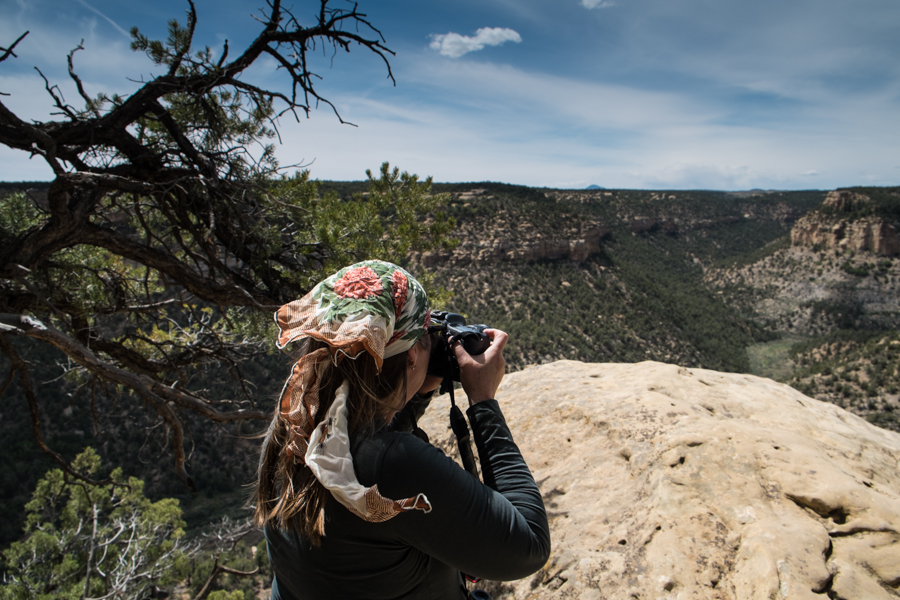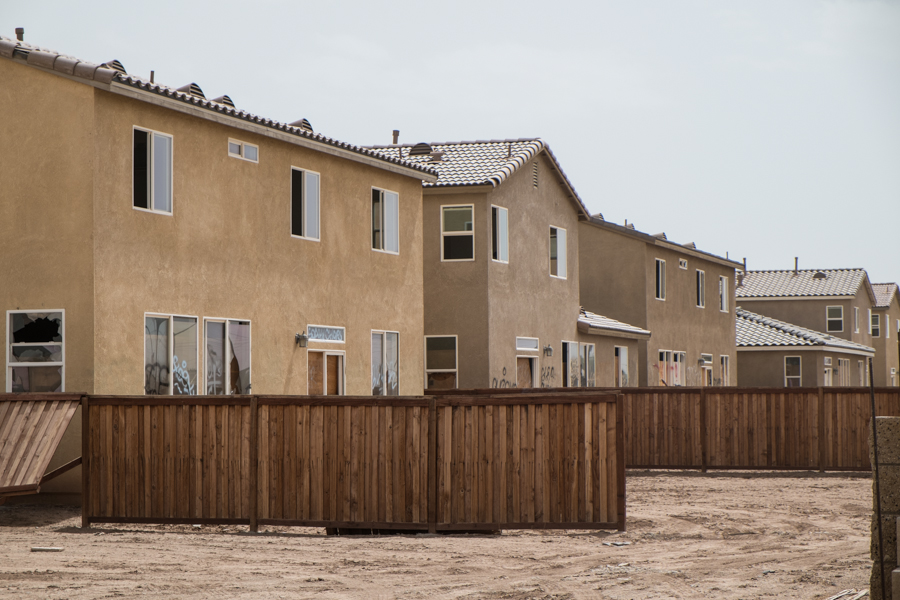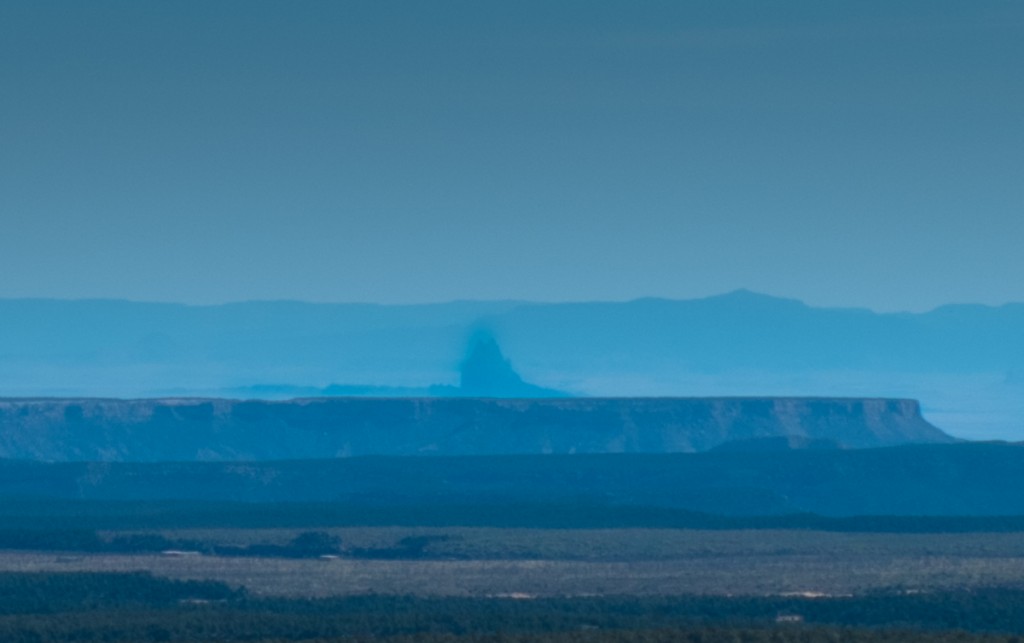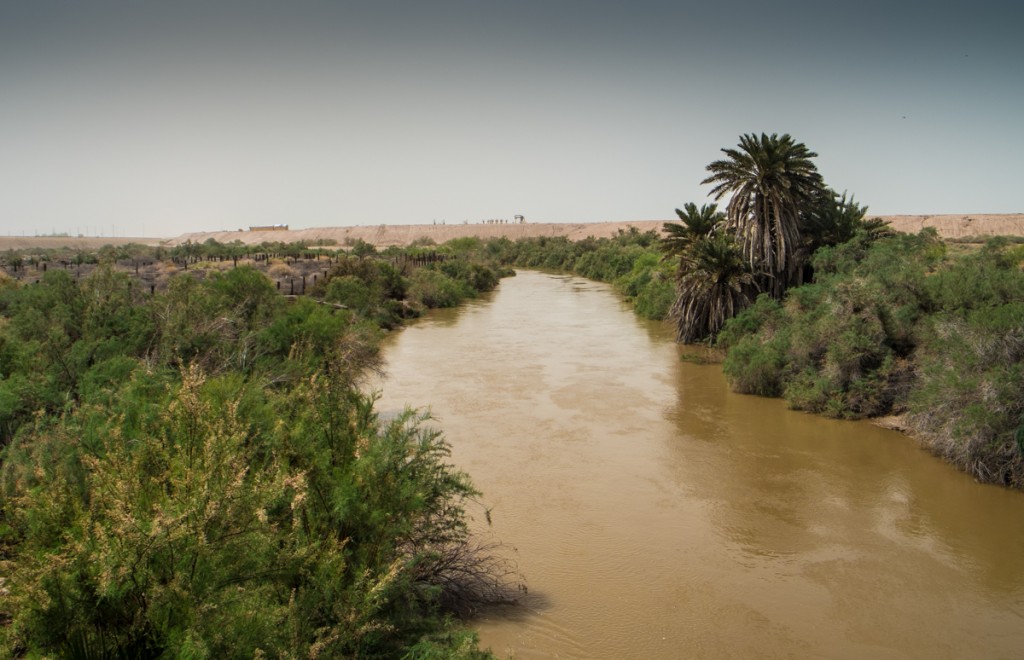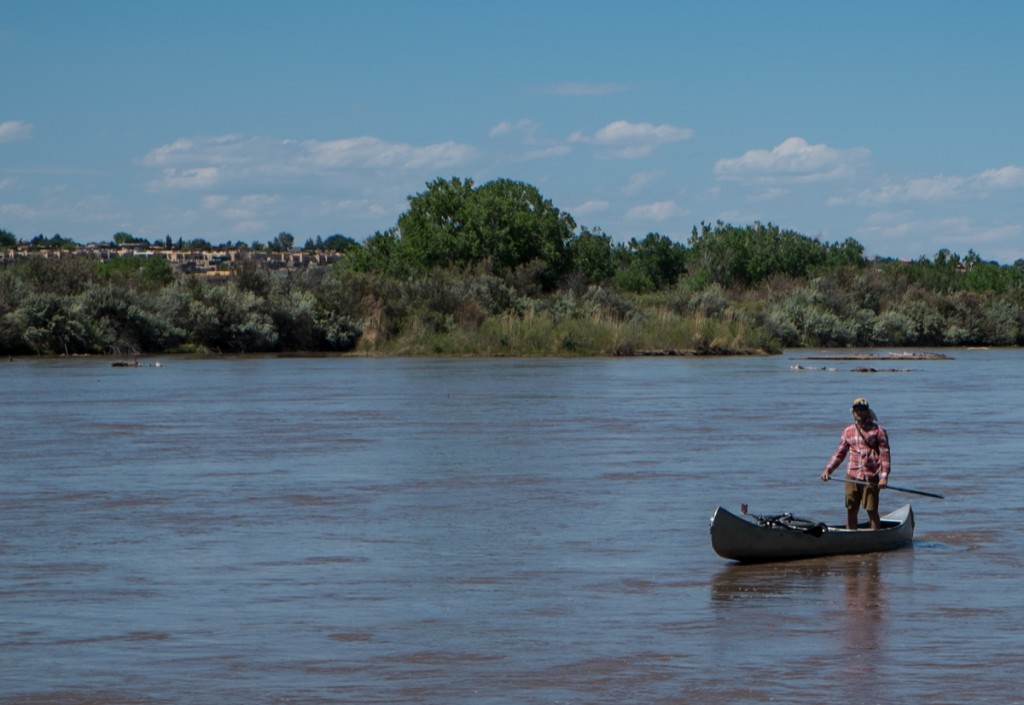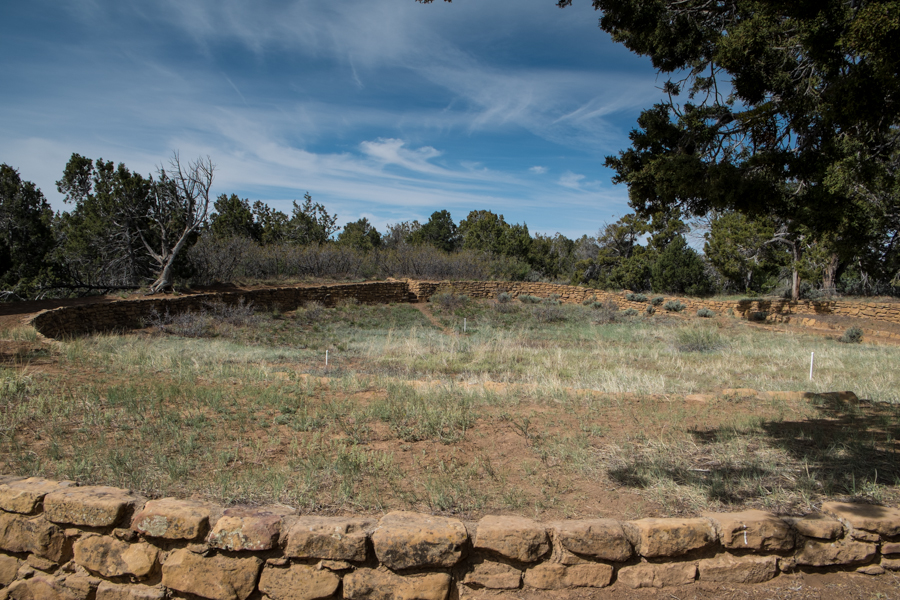
The “Mummy Lake” or “Far View Reservoir” site at Mesa Verde, which is probably not about water. May, 2014
Lissa and I stopped this morning at Mesa Verde’s “Mummy Lake”, more recently renamed “Far View Reservoir,” on account of apparently there was never any mummy. Now we learn, thanks to science, that there was probably never a reservoir or lake, either:
The structure at Mesa Verde National Park known historically as Mummy Lake and more recently as Far View Reservoir is not part of a water collection, impoundment, or redistribution system. We offer an alternative explanation for the function of Mummy Lake. We suggest that it is an unroofed ceremonial structure, and that it serves as an essential component of a Chacoan ritual landscape.
That’s from “Mummy Lake: an unroofed ceremonial structure within a large-scale ritual landscape”, by Benson et al., Journal of Archaeological Science, Volume 44, April 2014, Pages 164–179.
Joseph Castro did a nice writeup on the research, which is how I found out about it. Castro explains that Benson and colleagues concluded that there likely would never have been enough water to fill it, and the features originally thought of as canals to collect and distribute water would likely have plugged up with sediment or leaked over cliffs if they were actually used to collect or distribute water.

